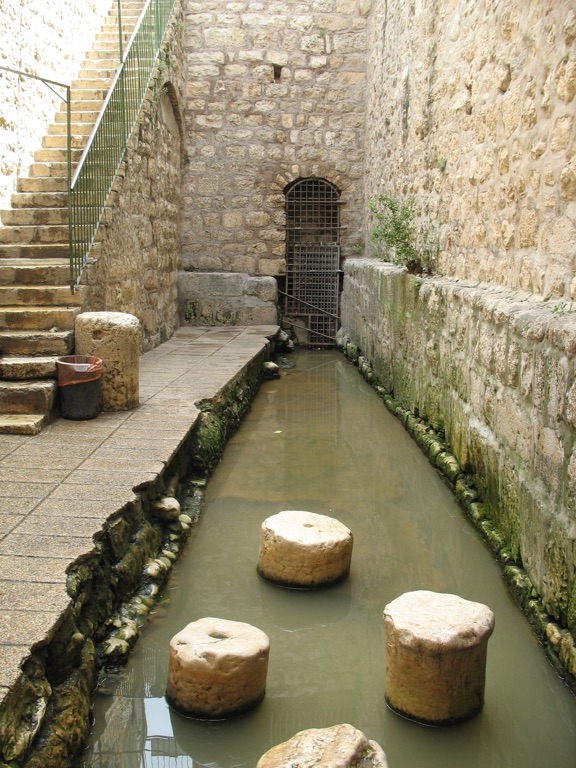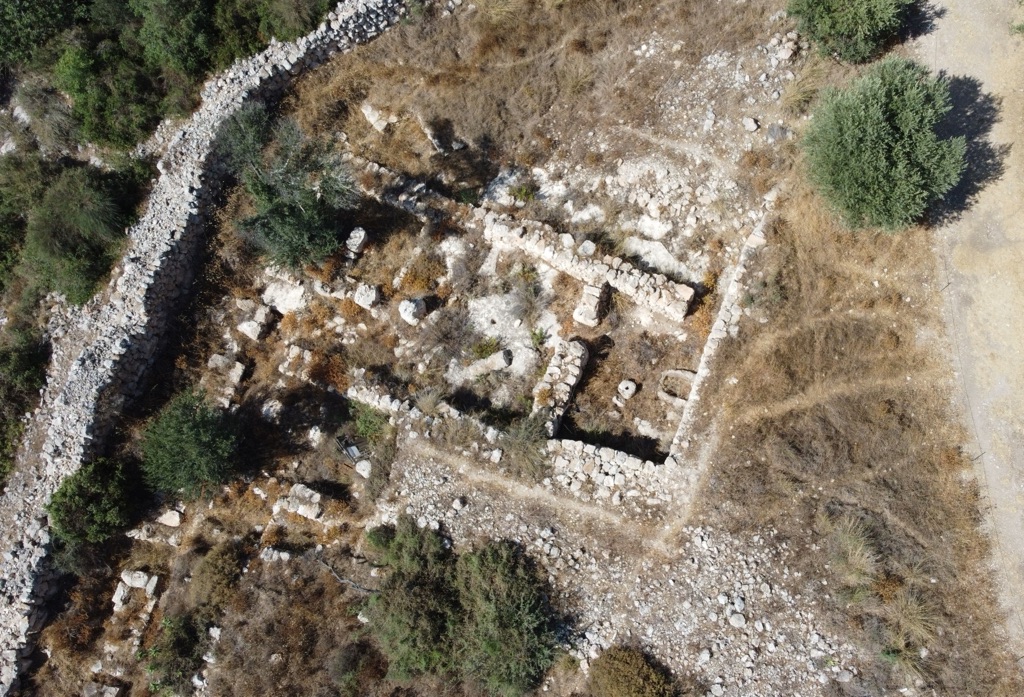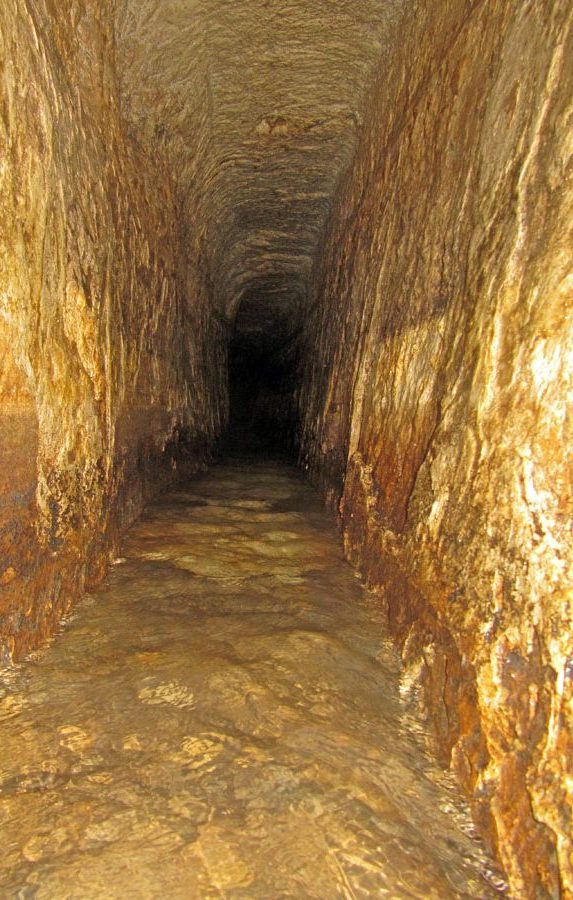Herodion National Park, also known as Herodium, is a significant archaeological site located in the Judean Desert of Israel. It is the burial site of King Herod the Great, who ruled Judea under Roman auspices. The park features the remains of a palace-fortress and a small town, built by Herod between 23 and 15 BCE. The site combines a fascinating blend of luxurious living, administrative function, and military fortification, all set against a backdrop of classical Roman architecture. Herodion stands as a testament to Herod’s architectural ingenuity and the complex history of the region.
Kingdom of Judah
The Kingdom of Judah, a significant historical entity, emerged in the Iron Age, following the split of the United Monarchy of Israel around 930 BC. This division resulted in two kingdoms: Israel to the north and Judah to the south, with Jerusalem as its capital. The Kingdom of Judah’s timeline spans from its inception in the 10th century BC until its fall to the Babylonian Empire in 586 BC, marking a pivotal era in the ancient Near East.
Religion played a central role in the life of the Kingdom of Judah, with Judaism at its core. The Temple in Jerusalem, built under King Solomon, became the focal point of religious worship and practices. This monotheistic faith deeply influenced the kingdom’s culture, laws, and daily life, setting it apart from neighboring polytheistic societies. Religious festivals, rituals, and the observance of the Sabbath were integral to the community, reflecting a society deeply intertwined with its faith.
Social and daily life in Judah was characterized by a hierarchical structure, with the king and his court at the apex, followed by priests, prophets, and then the common people, including farmers, artisans, and traders. Agriculture was the backbone of the economy, with olives, grapes, and grains as staple crops. The society was patriarchal, with family and clan affiliations playing a crucial role in social identity and obligations.
The Kingdom of Judah was ruled by a succession of kings, from Rehoboam, Solomon’s son, who first ruled Judah, to Zedekiah, under whose reign the kingdom fell to Babylon. Notable kings include Hezekiah, who implemented religious reforms and successfully resisted Assyrian invasion, and Josiah, who also pursued religious reforms and sought to restore the kingdom’s independence. Unlike the northern kingdom, Judah did not have queens ruling in their own right, but queen mothers held significant influence in the royal court.
Judah’s geopolitical location made it a crossroads for trade and also a battleground for empires. Throughout its history, Judah faced threats from surrounding powers, including Egypt, Assyria, and Babylon. The kingdom managed to survive the fall of Israel to Assyria in 722 BC but ultimately could not withstand the Babylonian forces. The Babylonian siege of Jerusalem in 586 BC led to the city’s destruction, the demolition of Solomon’s Temple, and the exile of Judah’s elite, marking the end of the Kingdom of Judah.
The Babylonian Exile had a profound impact on the Jewish people, leading to significant developments in Jewish thought, religion, and identity. During this period, the foundations of modern Judaism were laid, as the exiles pondered their faith and future. The exile also set the stage for the eventual return to Jerusalem and the rebuilding of the Temple under Persian rule, a pivotal moment in Jewish history.
Archaeological evidence, including inscriptions, pottery, and ruins, provides valuable insights into the Kingdom of Judah’s civilization. These findings help to reconstruct the daily life, economy, and military aspects of Judah, corroborating and expanding upon the historical narrative found in biblical and extrabiblical sources.
In conclusion, the Kingdom of Judah holds a significant place in the history of the ancient Near East and the development of Judaism. Its religious, social, and political legacy continues to influence contemporary thought and culture, making it a subject of enduring interest and study.

The Pool of Siloam
The Pool of Siloam is a significant archaeological site located in Jerusalem. It is famed for its biblical associations, particularly in the New Testament, where Jesus healed a man born blind. Archaeologists uncovered the pool, revealing its complex history and importance in ancient Judean society. It served not only as a ritual bathing site but also as a vital water resource. The pool’s discovery has provided valuable insights into the engineering prowess of ancient civilizations and the religious practices of the time.

Khirbet Qeiyafa
Khirbet Qeiyafa is an ancient city that captivates historians and tourists alike. Located in the Judean Hills of Israel, this site overlooks the Elah Valley, rich in biblical history. Archaeologists believe it dates back to the Iron Age, between the 11th and 10th centuries BCE. Its strategic position and fortifications suggest it was once a thriving city. The discovery of an ostracon bearing an ancient script adds to its significance. Scholars see this as a vital link to understanding the early Kingdom of Judah.

Hezekiah’s Tunnel (Siloam Tunnel)
Hezekiah’s Tunnel is a remarkable feat of ancient engineering located in the city of Jerusalem. This subterranean passage, carved over 2,700 years ago during the reign of King Hezekiah, served to protect Jerusalem’s water supply from Assyrian invaders. Stretching for approximately 533 meters, the tunnel channels water from the Gihon Spring to the Pool of Siloam. It stands today as a testament to the innovative and forward-thinking nature of the period, showcasing bold defensive strategies and a high level of technical skill.

